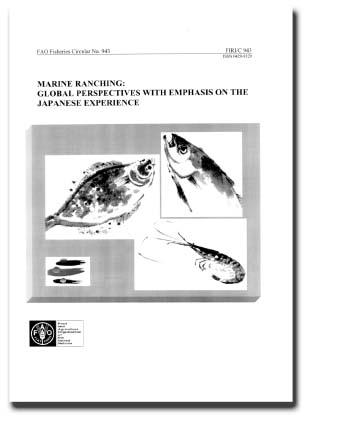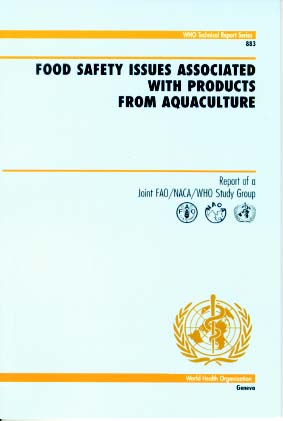Harvey, B.; Ross,C.; Greer, D.; & Carolsfeld, J. 1998. Action Before Extinction. World Fisheries Trust, Victoria, Canada. 259 pp. Though this book is not an FAO publication, it is featured here
because it contains a contribution by Dr. Devin Bartley of the FAO Fisheries Depart-ment.
This Conference, on which the book is based, followed-up on recommendations from
several previous meetings sponsored by FAO and partners, such as ICLARM and Dr Brian Harvey, President WFT, and staff, with the support of several Canadian organizations including, inter alia, Canadian |
Department of Fisheries and Oceans and the International Development Research Centre, have published the proceedings of the International Conference, "Action before Extinction". The World Fisheries Trust invited Dr. Devin Bartley of the FAO Inland Water Resources & Aquaculture Service (FIRI) to participate as part of FAO’s ongoing efforts to promote sustainable use and conservation of genetic diversity of aquatic animals. Dr Harvey brought together an excellent mix of about 25 international scientists and policy makers from established fish genetic conservation program-mes, genetic conservation programmes being developed, Canadian First Nation groups, and international development agencies and donor groups. The main topics covered in the book are gene banking and in situ and ex situ conservation. However, the discussion of these topics quickly expanded, for example into areas of in situ gene banks, how to integrate in situ and ex situ conservation, access and property rights for genetic resources, how to and who will fund conservation efforts, the ethics of gene banking, and even some technical issues. The book is extremely well produced in a very "user friendly" format that includes a brief summary of papers and discussions. Action before Extinction will be a valuable addition to the literature on conservation and sustainable use of aquatic genetic diversity. FIRI is pleased to have contributed to this work. Thanks again to Brian Harvey and staff, good job. Action before Extinction is available from WFT. Please contact: Sarah Riecken, World Fisheries Trust 202-505 Fisgard Street Victoria, B.C. V8W 1R3 Telephone: (250) 380-7585; Fax: (250) 380-2621 Email: [email protected] |



